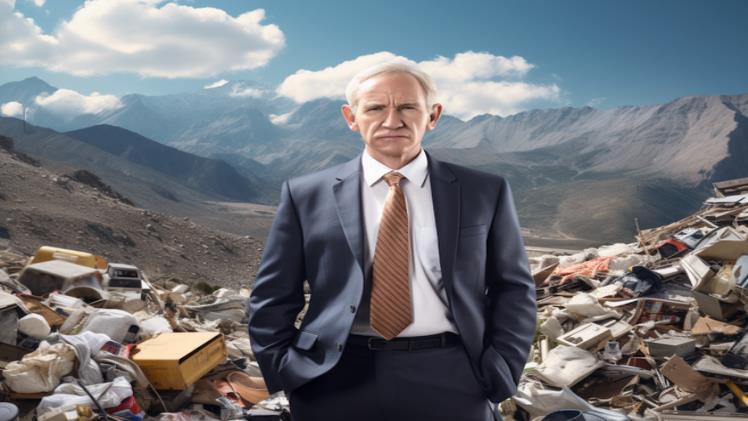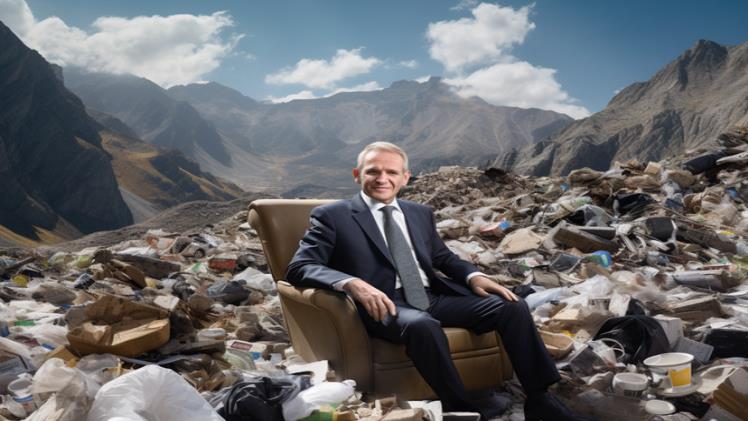Recycling refers to the process of taking used, old, or waste products and converting them into usable new materials and objects instead of allowing them to be disposed of in landfills. It is a key component of modern waste reduction and seen as an environmental good that lessens our impact on the planet. Recycling works by breaking down used items chemically, physically or mechanically and then using those materials to make fresh products. This prevents valuable resources found in our waste stream from going to waste when they could serve a beneficial purpose.
Common household goods that are frequently recycled include various paper products, assorted plastic containers and goods, glass bottles and jars, aluminum beverage cans, steel food cans, and other metal items. Other products like used electronics, old textiles, and scrap wood/rubber can also enter the recycling stream through specialized collection programs. When less waste gets incinerated or tossed into dumps, recycling benefits the environment through decreased pollution, reduced greenhouse gas emissions from manufacturing and transportation, saved energy and water resources, and conservation of forests and natural habitats. It also reduces the need for mining ores and extracting petroleum and tree fiber from ecosystems to produce brand new goods. Additionally, recycling creates jobs and boosting local economies through its collection, processing and manufacturing of recycled goods. With so many clear advantages, it’s no wonder recycling continues to grow globally each year.
Types of Materials that Can Be Recycled
Many types of everyday materials can be recycled currently including assorted paper products, certain plastic polymers, glass of nearly any color, and every kind of metal. Here is an overview:
Paper – All types of paper can be recycled, including cardboard boxes, milk cartons, juice boxes, cartons, newspapers, magazines, catalogs, envelopes, printing paper, wrapping paper, paper bags, egg cartons, and telephone books. These recycled paper fibers are used to create new paper products like office paper, paper towels, napkins, tissue paper, construction paper, cereal boxes, cardboard and more.
Plastics – Most plastic containers and bottles have resin identification codes stamped on them indicating their plastic polymer type. These types of plastic that are commonly recycled include:
PETE (Polyethylene Terephthalate) – Soda bottles, water bottles, medicine jars
HDPE (High Density Polyethylene) – Milk jugs, goblueshield17 cleaning products, squeezable bottles
PVC (Polyvinyl Chloride) – Pipes, siding, flooring, windows
LDPE (Low Density Polyethylene) – Grocery bags, food storage containers
PP (Polypropylene) – Syrup bottles, straws, other food containers
PS (Polystyrene) – Food containers, cups, packaging
Glass – Glass bottles and jars of any color can be recycled repeatedly with no loss of quality, including containers that held food, beverages, food condiments, and cosmetic products.
Metals – Many metal products can enter the recycling stream, especially food and beverage cans and containers of aluminum, tin, steel and other alloys. This includes soda cans, vegetable cans, food tins, empty aerosol cans, aluminum foil, metal pots and pans and scrap metals from construction projects and old equipment.
Efficient and thorough sorting processes are crucial links in the recycling chain to separate out these various materials into individual streams that can then be processed back into raw materials poised for reuse in manufacturing new consumer goods. Read here how you can make money from recycling trash.
Process of Sorting Recyclable Materials
Sorting is an important step in the recycling process. Many curbside recycling programs ask households to sort their recyclables into categories like paper, plastic, glass, and metals to keep the materials separated. At recycling facilities, the sorting continues using conveyor belts, magnets, sieves, and air classifiers. Workers also manually sort the waste by material and color, removing any non-recyclable items that snuck in. Optical sorters and laser detectors identify the chemical makeup and sort plastics by their resin codes. Efficiently sorted materials mean higher quality recycled products.
Making Paper Products from Recycled Paper
Recycled paper goes through a re-pulping process to break it down into fibers that can form the basis of new paper products. The color and ink are removed, it is cleaned and decontaminated, then pressed into thin sheets. Recycled paper is used to make office paper, cardboard boxes, cartons, paper towels, napkins, tissues, newspapers, brown bags, envelopes, cards, egg cartons, building insulation and even kitty litter. The EPA estimates recycling 1 ton of paper saves 17 mature trees. Products made of recycled paper have just as high quality as virgin paper.
Producing New Plastic Products from Recycled Plastics
Plastic items are shredded and melted down into resin pellets that manufacturers use to produce new plastic goods. Recycled PET plastic is used to make products like polar fleece jackets, carpets, auto parts, paint brushes, bottles, and food containers. HDPE plastic is recycled into recycling bins, compost bins, buckets, crates, bottles, and playground equipment. PVC can be recycled into products like garden hoses, flooring, speed bumps, and roadway gutters. Other types of plastic are recycled into plastic lumber, lawn furniture, plastic wood decking, benches, and office accessories.
Turning Glass Bottles into New Glass Products
Used glass bottles and jars are broken up, cleaned, separated by color, and then crushed into tiny pieces called cullet. The cullet is mixed with sand and other additives and melted at high temperatures to make liquid glass. New amber-colored glass jars and green wine bottles are endlessly recycled from old containers through this process. Recycled glass is also used to make decorative and construction products like countertops, tile and insulation. Because glass is infinitely recyclable, recycled glass products have the same quality as products made from raw materials.
Recycling Metals into New Metal Items
Metals like aluminum, copper, steel and tin are highly recyclable materials used to make new cans, appliances, electronics, construction materials and car parts. Recycling metals saves up to 95% of the energy needed to produce metal from raw materials. Aluminum can be recycled repeatedly into new cans or aircraft parts, vehicle components or foil with no loss of quality. Steel food cans become construction materials, vehicle bodies or new cans. Copper and tin are recycled into wires, hot water pipes or roofing materials. Precious metals like gold and silver are also commonly recycled for reuse in jewelry or electronics.
Creating Compost from Food and Garden Waste
Kitchen scraps and garden waste together make up about 30% of what households throw away, but all that food waste and yard debris can become useful compost instead. Fruits, vegetables, egg shells, coffee grounds and small branches can decompose together into a rich fertilizer full of nutrients for gardens, planting beds and potted plants when moisture, oxygen and heat chemically break it down. The compost feeds helpful microbes in the soil which allow plants to grow faster and stronger. Composting also prevents methane gases that result from decaying food waste in landfills.
Benefits of Recycling for the Environment
There are many environmental benefits from recycling waste instead of allowing it end up in a landfill. Recycling reduces the need for landfills as well as incinerators. It decreases pollution caused by the manufacturing of new products. Recycling prevents the loss of forests since it reduces the need for virgin paper production. Producing goods from recycled materials also typically consumes less energy and water than creating items from raw materials. Recycled goods have lower associated carbon emissions too. Overall, recycling helps preserve natural resources for the future and leads to cleaner air and waterways.
How You Can Recycle More in Your Home and Community
You can help increase recycling rates by properly separating your paper, plastics, glass and metals instead of putting them in your regular trash. Break down cardboard boxes, rinse containers and sort your recyclables by category. Check with your city about curbside recycling guidelines so all your efforts don’t end up in the landfill. Talk to your family members, friends and neighbors about the importance and proper methods for recycling too. You can also get involved in local environmental groups that promote and facilitate better recycling and waste reduction programs on a larger community scale. With more participation, recycling will continue growing over the coming years.


